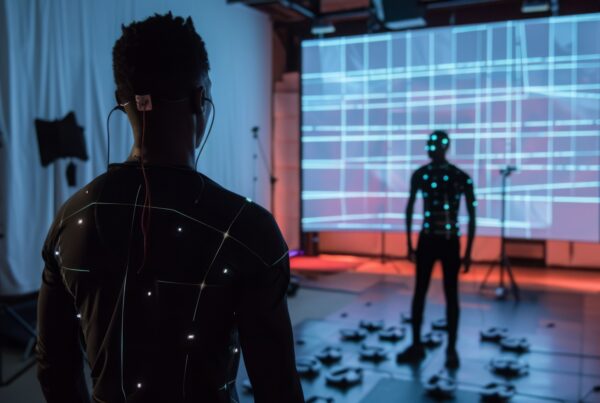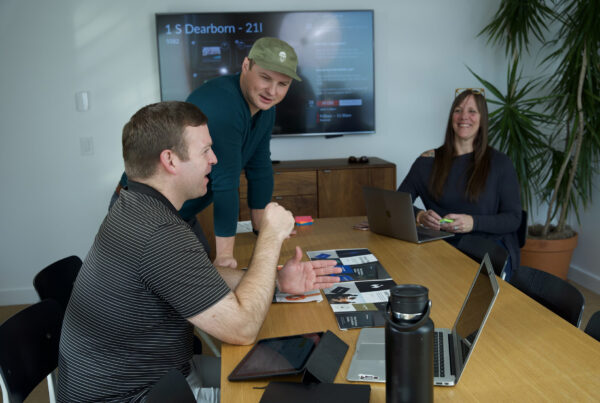Videos are powerful tools that businesses can use to reach new customers. They have quickly become the preferred way consumers research products and brands when considering a purchase. This has created a huge opportunity for companies such as yours to increase their brand awareness and build customer loyalty. Learn how you can get started creating branded video content for your business.
What Is Branded Video Content?
Branded video content refers to content that can be created or sponsored by a brand to reach consumers. Unlike an advertisement, these videos don’t promote any products or services. Instead, they showcase the mission, vision, and values of a company through an engaging narrative. The purpose is to build brand awareness and create a positive association with a company that encourages people to engage with or purchase from them.
Benefits of Using Branded Video Content
Connecting with consumers is key to growing your business. When done correctly, branded video content engages your audience, shows your brand’s authenticity, and creates an emotional connection. If this is what you want for your business, then you’re ready to start making videos.
10 Steps for Creating Branded Video Content
The following steps will help you plan and shoot your first project.
1. Identify Your Purpose and Goals
Begin your project by identifying the purpose of your video and the goals you wish to achieve. Ask yourself questions such as:
- Why do you want to create a video?
- How will you portray your brand?
- Who is your target audience?
- Do you want your video to inform, educate, or entertain?
Answers to these questions will help you lay the foundation to build your content.
2. Define the Budget and Assess Your Equipment
Once you’ve established your purpose and goals, it’s time to work on your budget. First, determine how much you can spend on your project. Then, add up the cost of everything you need to complete it. Compare the two numbers, and if your budget won’t cover everything, consider increasing it or scaling down your project, if possible.
This is also a good time to assess your equipment to ensure you have the camera, microphone, tripod and other gear you need. If additional equipment is required, you may be able to rent it. Another option is to pay a production company to do the work for you. Professional teams such as MatchPoint Studio can provide the services and equipment you need to bring your video to life.
3. Outline the Content
Now it’s time to plan the content that will go in your video. To do this, you first need to decide the channels, format and style you want to use. Are you creating a video for YouTube or a shorter piece to post on Facebook? Each social media channel requires different aspect ratios, so plan your shoot accordingly.
As you and your team brainstorm ideas and nail down the specific content you want in your video, make sure you are creating shareable content that relates to your audience and captures the right tone. These little details will help you develop a video your audience will enjoy.
4. Create the Storyboard and Shot List
Once your outline is complete, you will use it to create a storyboard to help you visualize your branded video content. Use this time to improve or make any changes to your content that are needed. Then, use the storyboard to create a shot list that details everything that must happen in each scene. You will need both the storyboard and shot list on the day of your shoot.
5. Write the Script
Your script is a detailed account of everything that each person will say. Even if no one is required to memorize lines, a script will help you to structure your content. It also saves you time and provides a roadmap to keep all of the dialogue on track.
6. Choose a Location
Knowing where you will shoot your video is also essential in the planning process. When choosing a location, be sure to visit it and see if it has the colors and atmosphere you’re looking for. Also, consider the lighting and make a note of any additional equipment that will be needed to improve it.
7. Hold a Casting Call
If you need models or actors for your video, plan on holding a casting call to select them. Using employees is another option you may want to consider. Either way, make sure the people you choose are relatable and can speak clearly. You also want to do all of your castings as early as possible to avoid any scheduling conflicts before the shoot.
8. Shoot the Scenes
Before the shoot, make sure all your equipment is working, charged and ready. On the day of the shoot, follow your script and storyboards just as you planned. If while shooting you need to divert from your script or add a shot that will strengthen your message, feel free to do so. Just be careful not to get too far off course.
9. Edit the Footage
Once the shoot is complete, it’s time to edit the footage. This is when you’ll add your logo and any special effects or music that you need. Adding layover text or subtitles will also increase the value of your video and allow your audience to understand it even with their volume turned down.
10. Share Your Video
When everything is complete and the video looks great to you, it’s time to post it. Now you can upload to the various channels you’ve already planned to use. Be sure to monitor the performance and reach of your video to see if it’s meeting your goals.
Outsourcing Your Branded Video Content
As you can see, there’s a lot that goes into creating branded video content, but the payoff is worth it. However, if you’re feeling overwhelmed after reading this or don’t have the time and equipment to make a video, you can outsource by hiring an agency to do it for you. At MatchPoint Studio, we can help you create effective branded video content to help you reach your goals. To get started on a project or to learn more about our services, contact us today.
Sources: https://www.forbes.com/sites/forbeslacouncil/2019/06/24/how-to-create-video-content-for-your-brand-on-any-budget/?sh=543ad14f58d0https://www.widen.com/blog/branded-video-content





